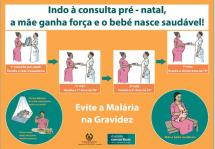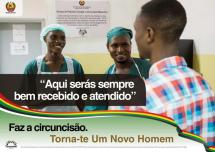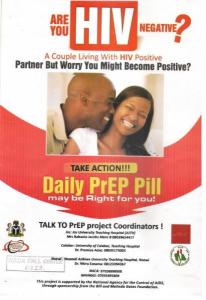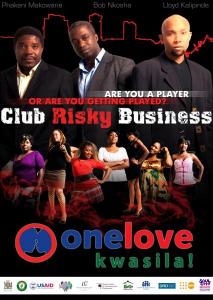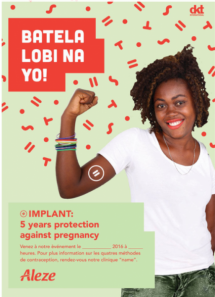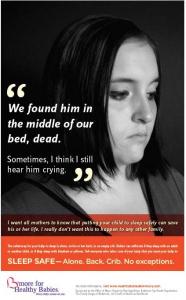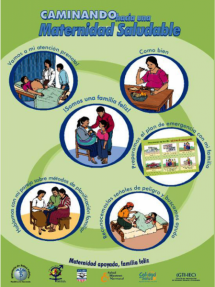Aha ye de – Always Sleep Under a Treated Net
Let’s come together and drive malaria away for the GoodLife. In June 2011 BCS and ProMPT, in partnership with the National Malaria Control Programme and the Ghana Health Service, launched the new “Aha ye de” malaria campaign. “Aha ye de” means “It’s Good Here” in Twi, one of Ghana’s national languages. The campaign is designed to reposition the use of treated nets as a lifestyle decision, while at the same time preventing malaria, linking to the BCS’s overarching GoodLife campaign.
The campaign seeks to increase risk perception by emphasizing the severity and threats of malaria. At the same time, the campaign empowers individuals to use malaria prevention and appropriate treatment. This poster shows a variety of bed net coverings.
Source: Johns Hopkins University Center for Communication Programs
Date of Publication: March 25, 2019
SIMILIAR RESOURCES
Tools
Examples
- Community Communication MNCH e-Manual: Participatory Health Promotion Sessions
- SBCC for Malaria in Pregnancy: Strategy Development Guidance
- Steps for Malaria Prevention and Treatment
- Social and Behavior Change for Insecticide-Treated Nets (ITN)
- Creating Mobile Health Solutions for Behaviour Change: A Study of Eight Services in the mNutrition Initiative Portfolio
- Driving the HIV response: Community Guide to the WHO 2013 Consolidated Guidelines on the Use of Antiretroviral Drugs for Treating and Preventing HIV Infection
- Promoting Quality Malaria Medicine through Social and Behavior Change Communication
- Coronavirus Disease Overview
- T3: Test. Treat. Track Initiative
- Transforming the Private Sector to Support Universal Malaria Diagnostic Coverage


